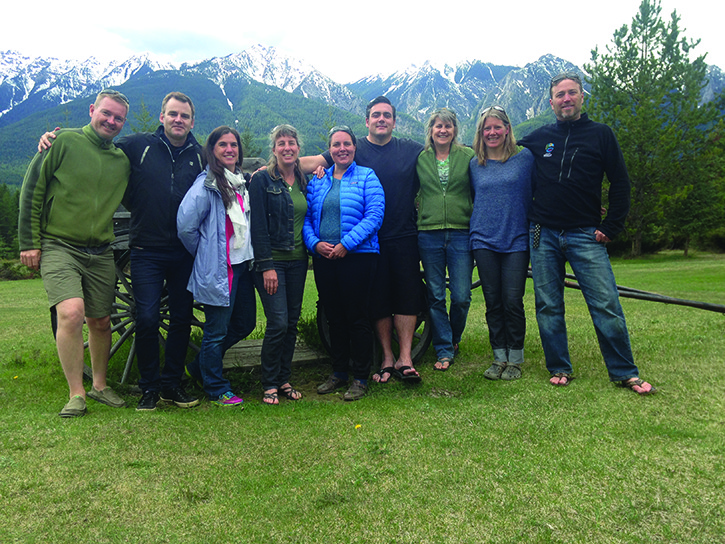With the recent announcement of the overhaul to the BC school curriculum, brings the excitement of new opportunities for children to learn in unique environments that were neglected in previous curriculums.
One area where an increased focus could be put in the future is in environmental education. The Columbia Basin Environmental Education Network (CBEEN) recently held its annual Leadership clinic, hosting teachers, superintendants and principals from every school in the Columbia Basin to work collaboratively to turn ideas in place-based environmental education into action.
Duncan Whittick, executive director for the CBEEN, said in an email that the conception of environmental education can often be a misunderstood term but includes outdoor learning, sustainability education, ecological literacy and environmental stewardship among other practices.
“Our organization defines it as ‘a long-term investment in the general health and well-being of individuals, communities and ecosystems,’” he said. “Effective environmental education produces ecologically literate citizens who understand and value healthy environments. They understand their connection to and impact on natural environments, and through this understanding become motivated to act as environmental stewards and live sustainable, healthy lives.”
Whittick said that environmental education isn’t necessarily a way of replacing existing educational practices but rather a way of building on them to create stronger core-competencies in students.
“In the Columbia Basin we live in an incredible natural area which lends itself perfectly to be used as an outdoor classroom where the learning of all subjects can be enhanced,” he said. ‘The research already shows that getting students outside helps building critical thinking skills, helps students to be real-world problem-solvers and self-directed learners, helps to foster leadership qualities in students, improves behaviour of students who are often challenged indoors, relieves student stress, provides a number of psychological benefits and improves overall academic performance, so when you combine all of this it really supports great learning opportunities. “
More than all of this, this refocus on environmental education is a shift away from the information overload that happens for many students, Whittick said.
“We have access to so much information now that school is less about learning information, and more about the critical thinking skills to make use of this information in positive ways, and teachers have the opportunity to facilitate these incredible connections,” he said.
Another core component to the new curriculum will be a focus on Aboriginal education, said Whittick, which connects strongly to the focus on environmental education. He said they are continuing to connect with local Aboriginal education educators to help support teachers strengthen these connections.
Each of the seven school districts that attended the leadership clinic came away with a unique set of goals for their areas. In the case of the Rocky Mountain School District—covering schools in Golden, Invermere and Kimberley—the major outcome is that teachers are initiating an Environmental Local Specialist Association and are engaging teachers to improve this type of learning, said Assistant Superintendant of the Rocky Mountain District, Cheryl Lenardon.
She said that staff are still working to design an effective way for implementing this strategy, which will be discussed further at the steering committee at the end of the June.
“We look forward to seeing environmental and place-based learning grow in the Rocky Mountain and Kootenay-Boundary region,” she said.
